How proactive salmon conservation can deliver global benefits
A new study examines the “stronghold strategy”—an ambitious plan to protect food security, biodiversity, and climate resilience through salmon rivers.
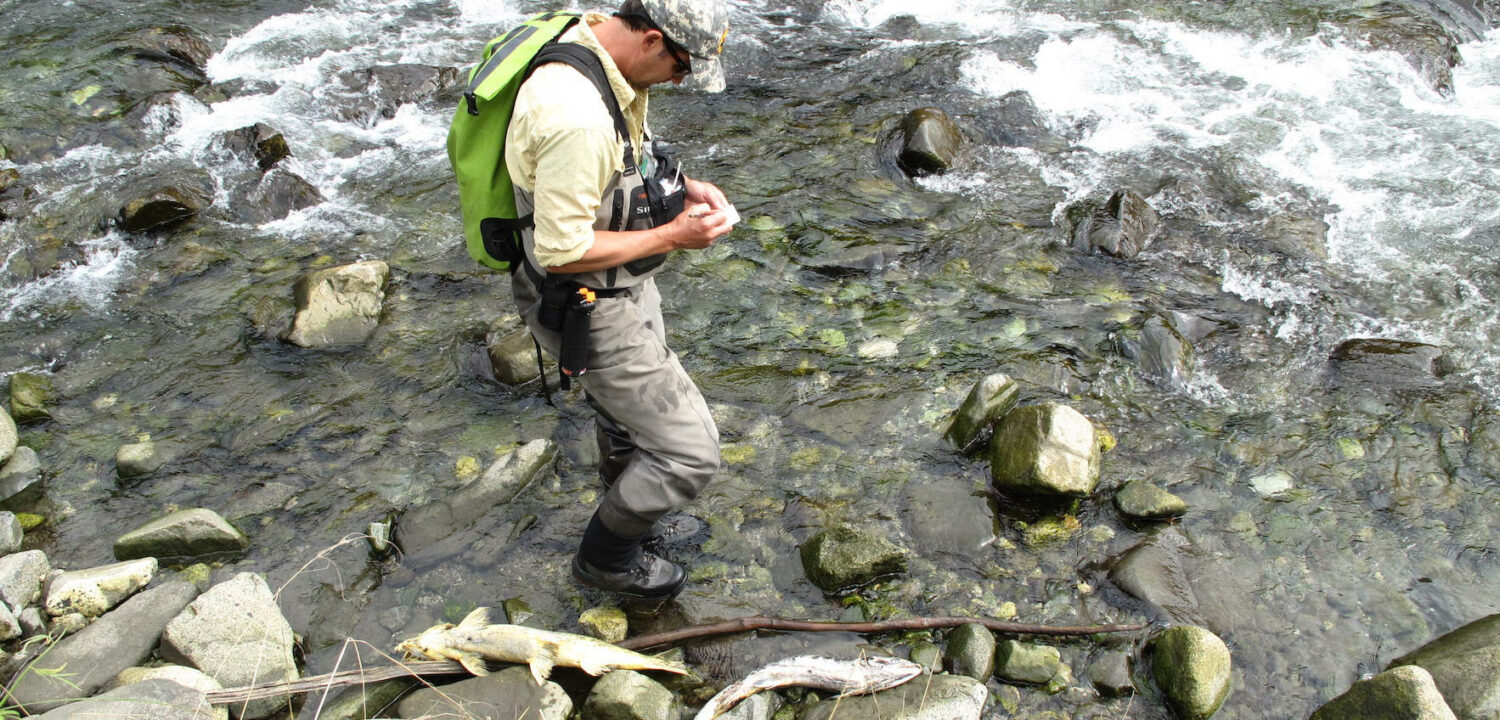
Our Science program conducts research and draws together the best available information, so that we and our partners can best conserve and sustainably use the North Pacific’s wild salmon ecosystems. We take a networked approach to science, collaborating with scientists, institutions, nonprofit partners, and citizens around the Pacific Rim.
Learn about our recent projects and the implications for wild salmon.
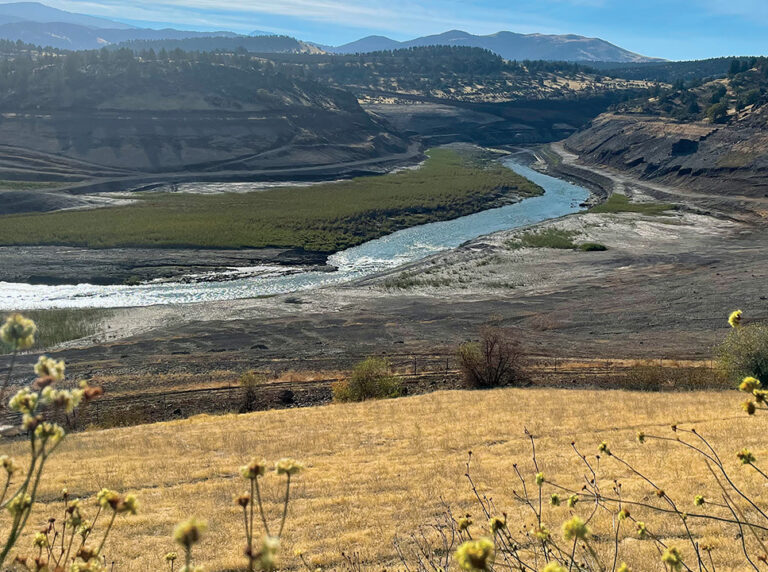
Lessons from the West could help inform a more fish-friendly future for Mongolia.
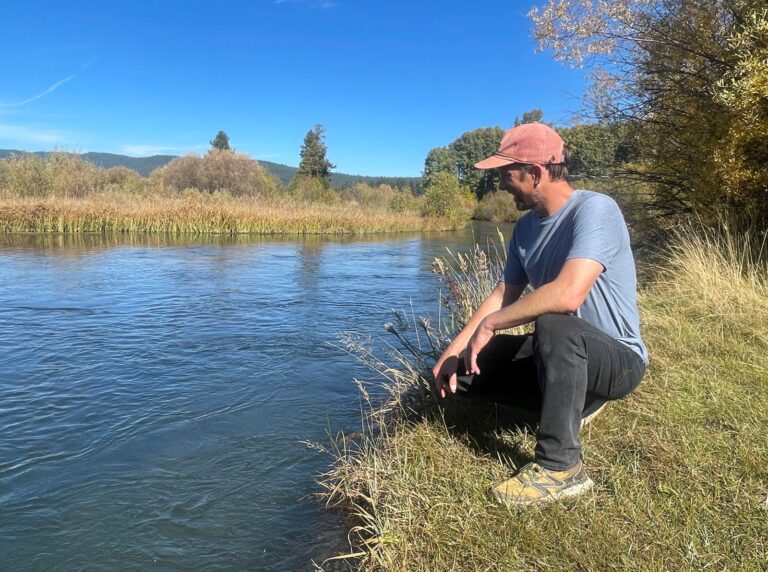
The Wild Salmon Center Science Advisor wants change the way we think about “winning” salmon rivers.
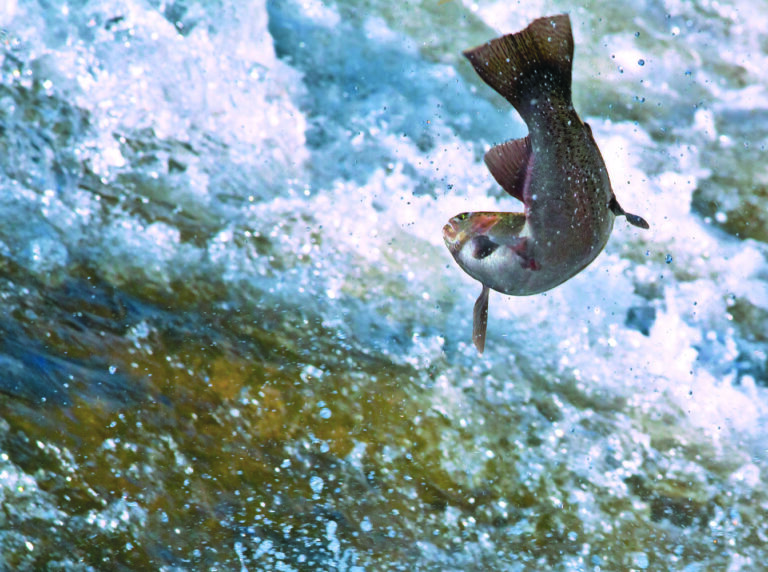
“We’re happy that returns are strong,” says Greg Knox, Executive Director of SkeenaWild. “But one year doesn’t make a trend.”
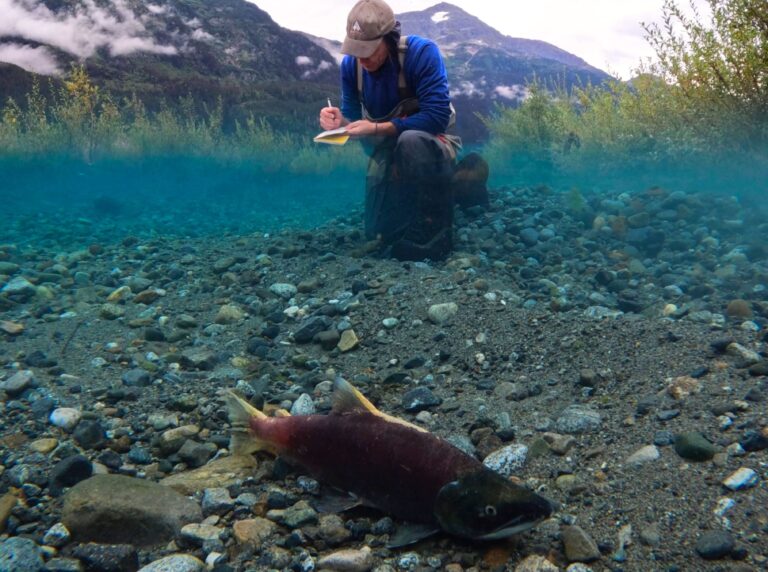
A Wild Salmon Center Science Advisor on how we can help salmon find their path in a changing world.
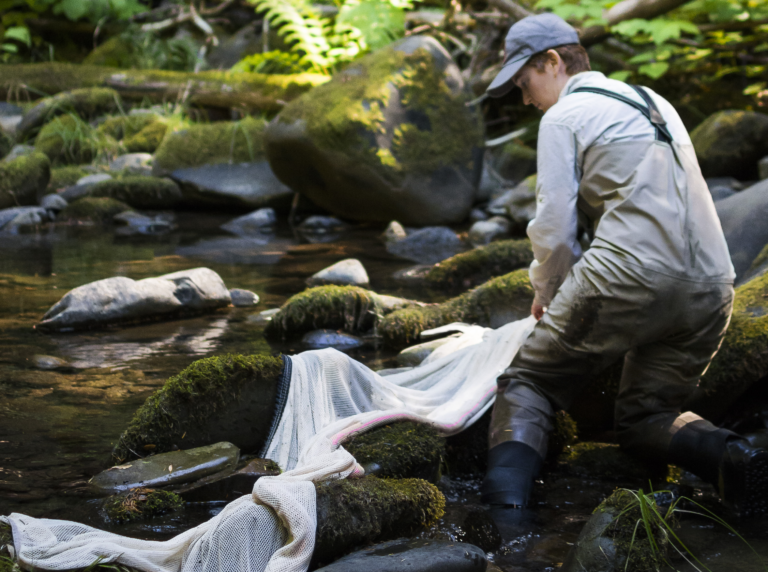
Wild Salmon Center’s Science Advisory Board member has a fresh(water) take on salmon survival strategies.
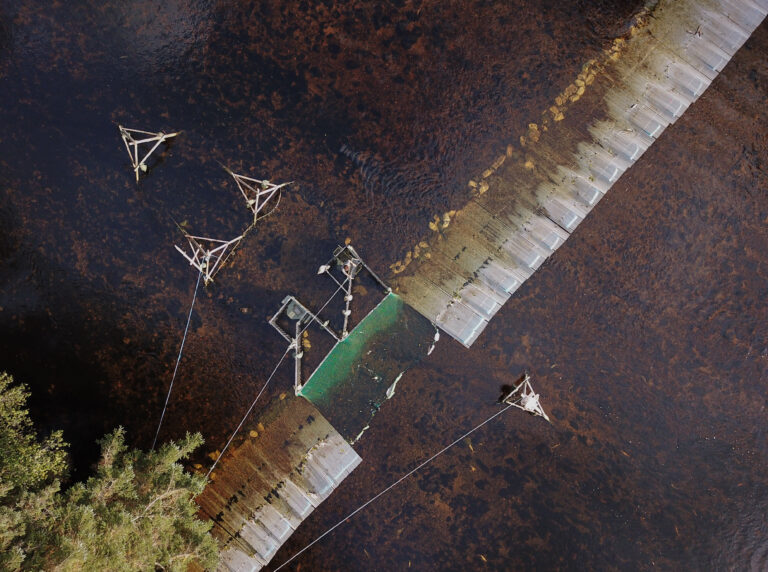
With First Nations and other key partners, Wild Salmon Center launches “Salmon Vision” to track fish returns in real-time.
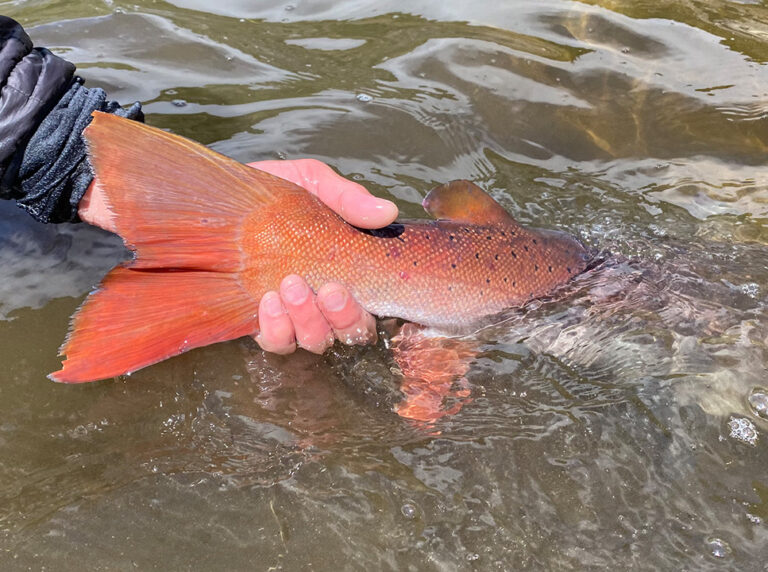
From Oregon’s North Coast to Mongolia, our thermal detectives are out in rivers, searching out cold spots. What they’re finding is both sobering and hopeful.